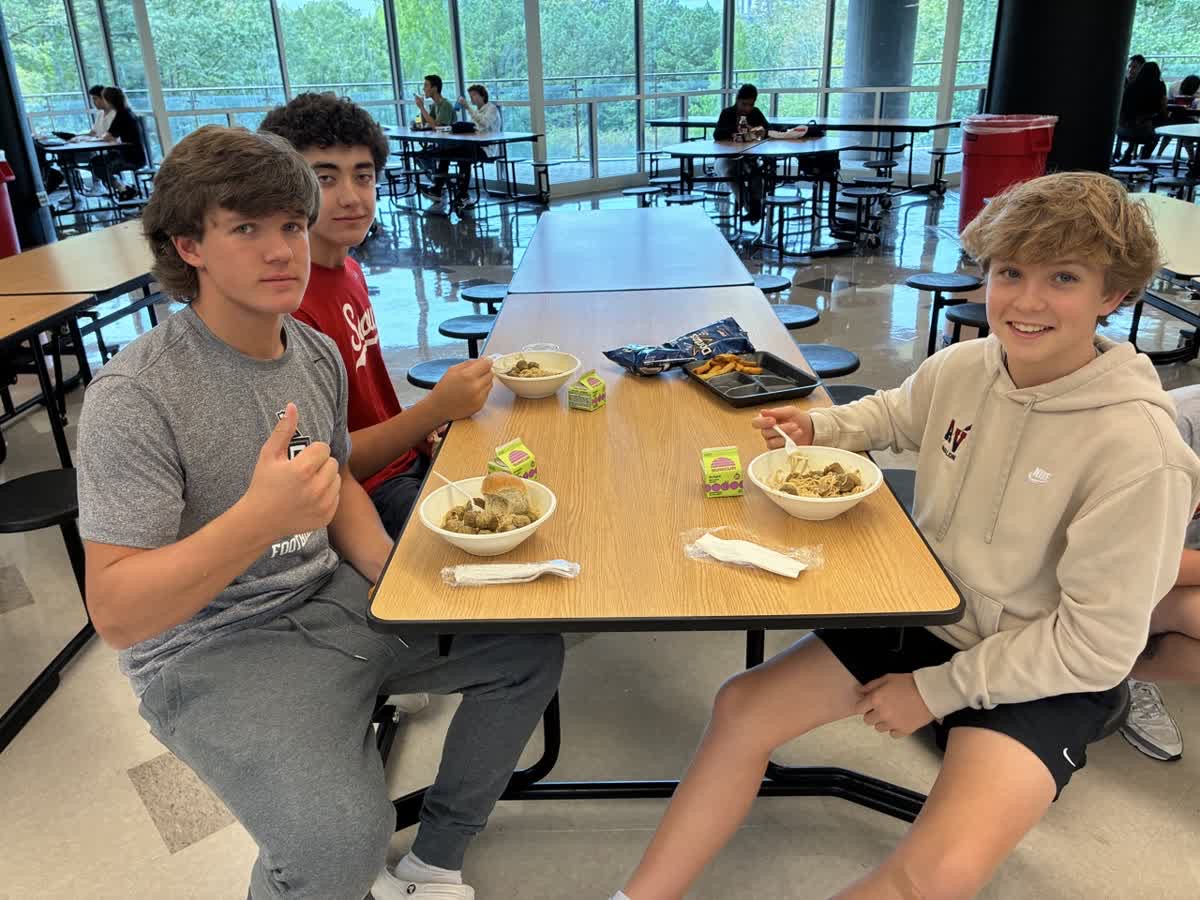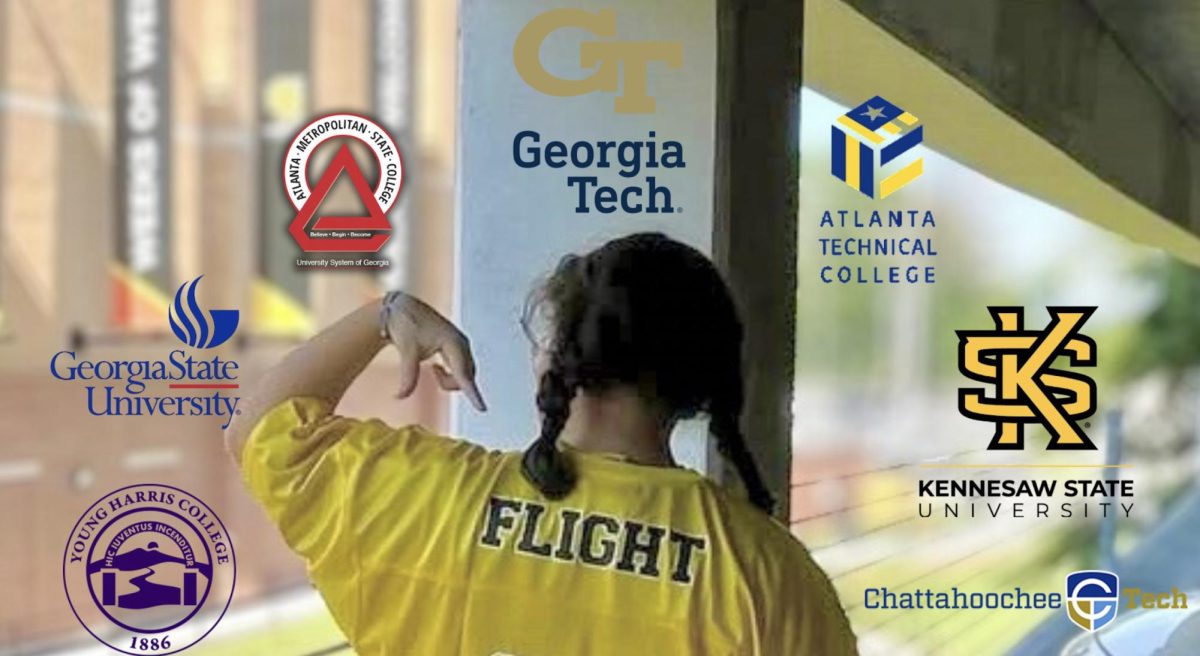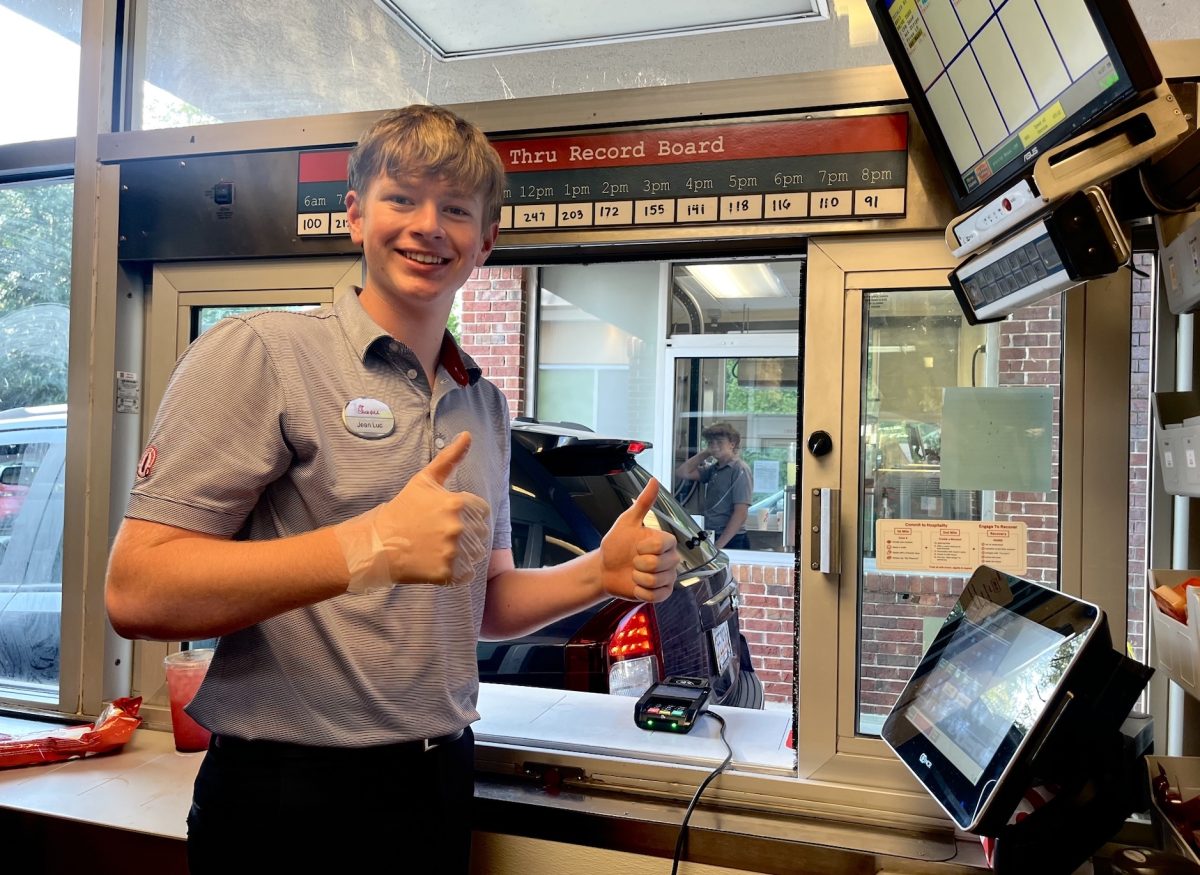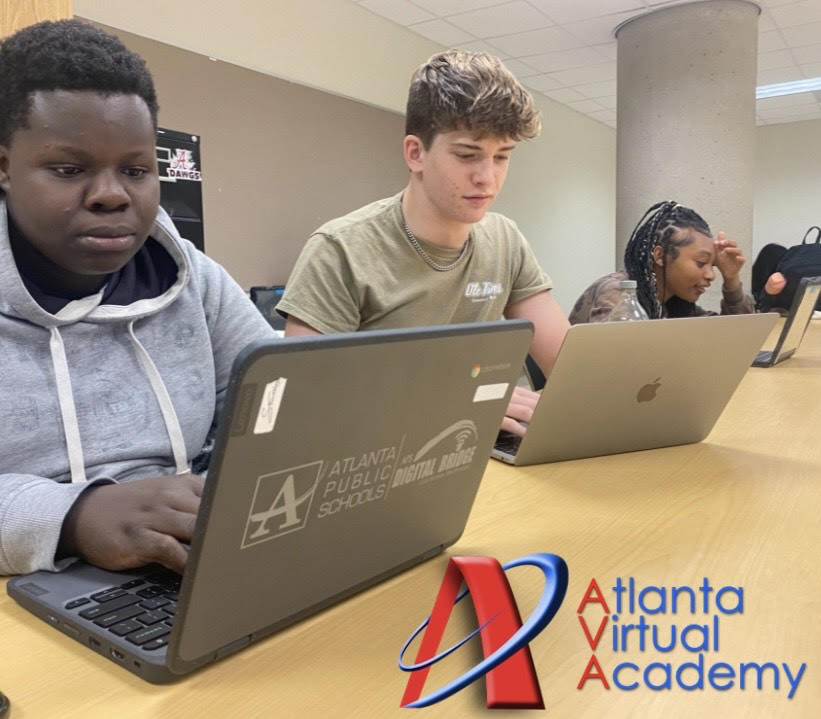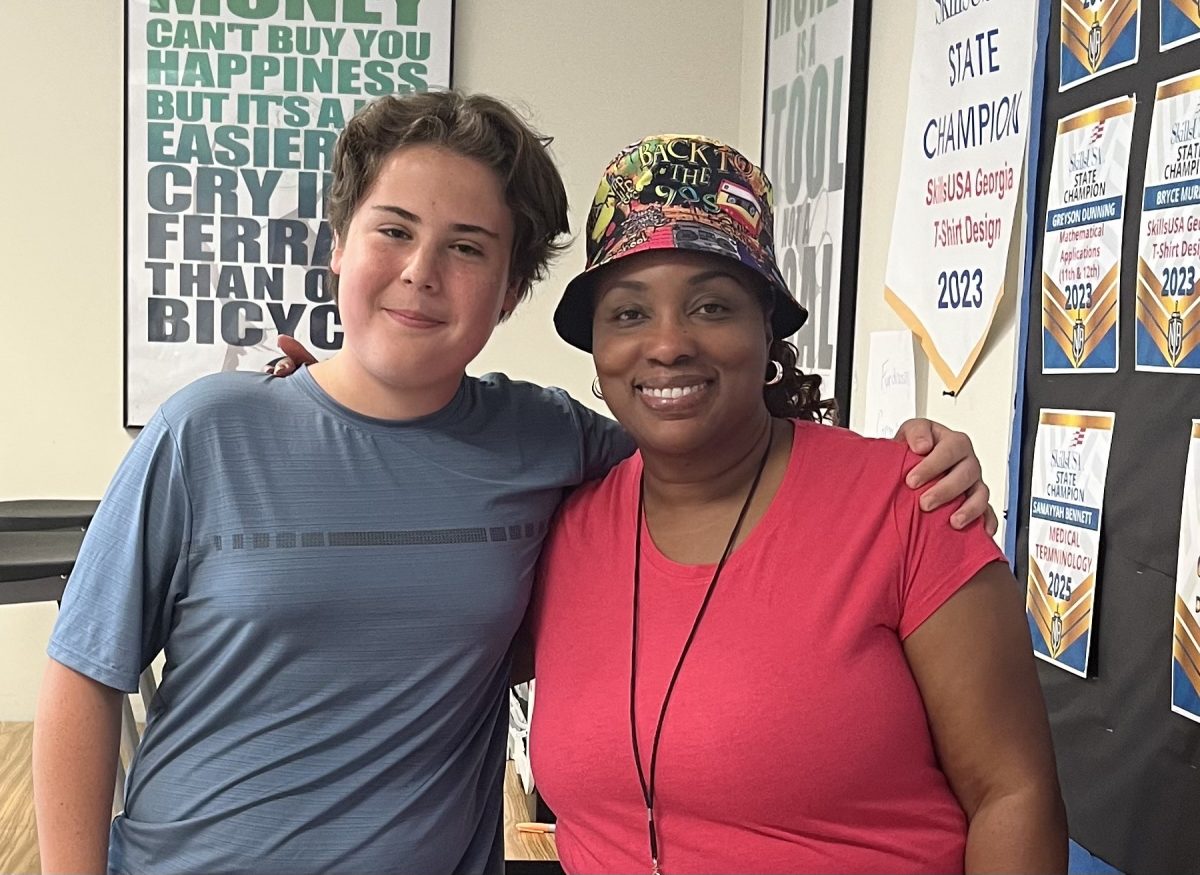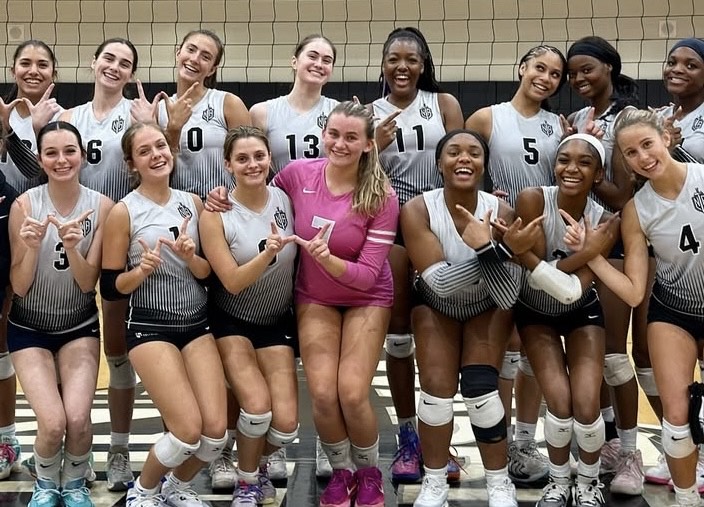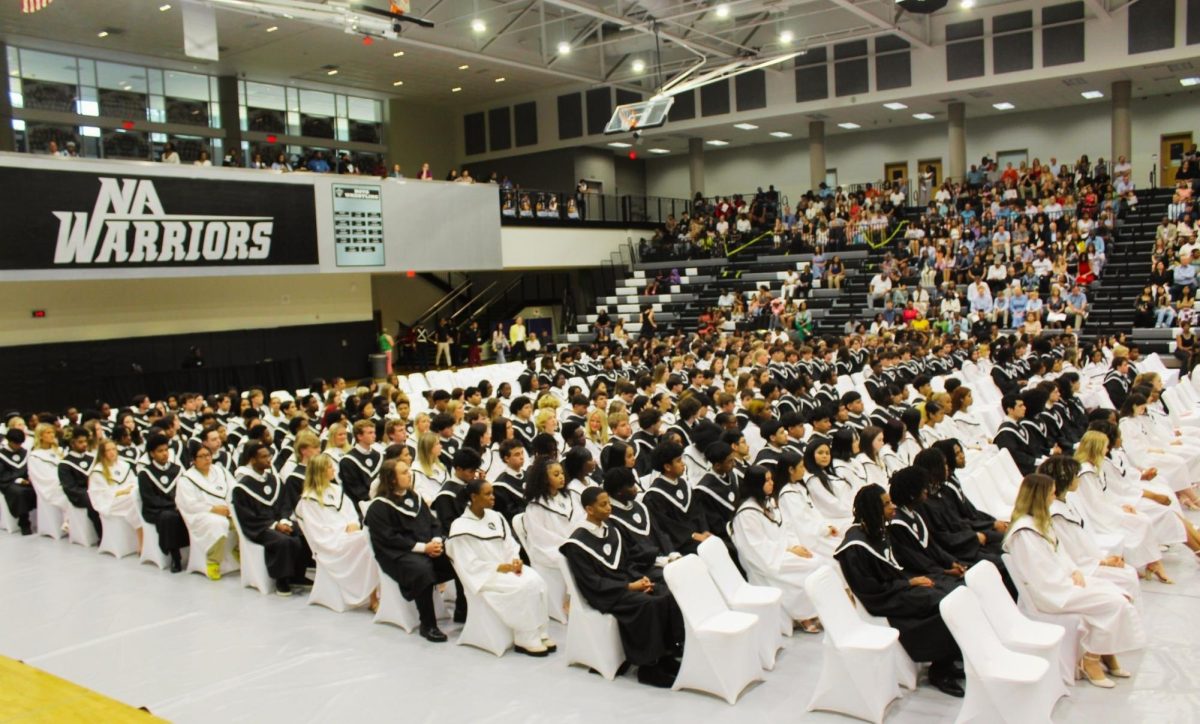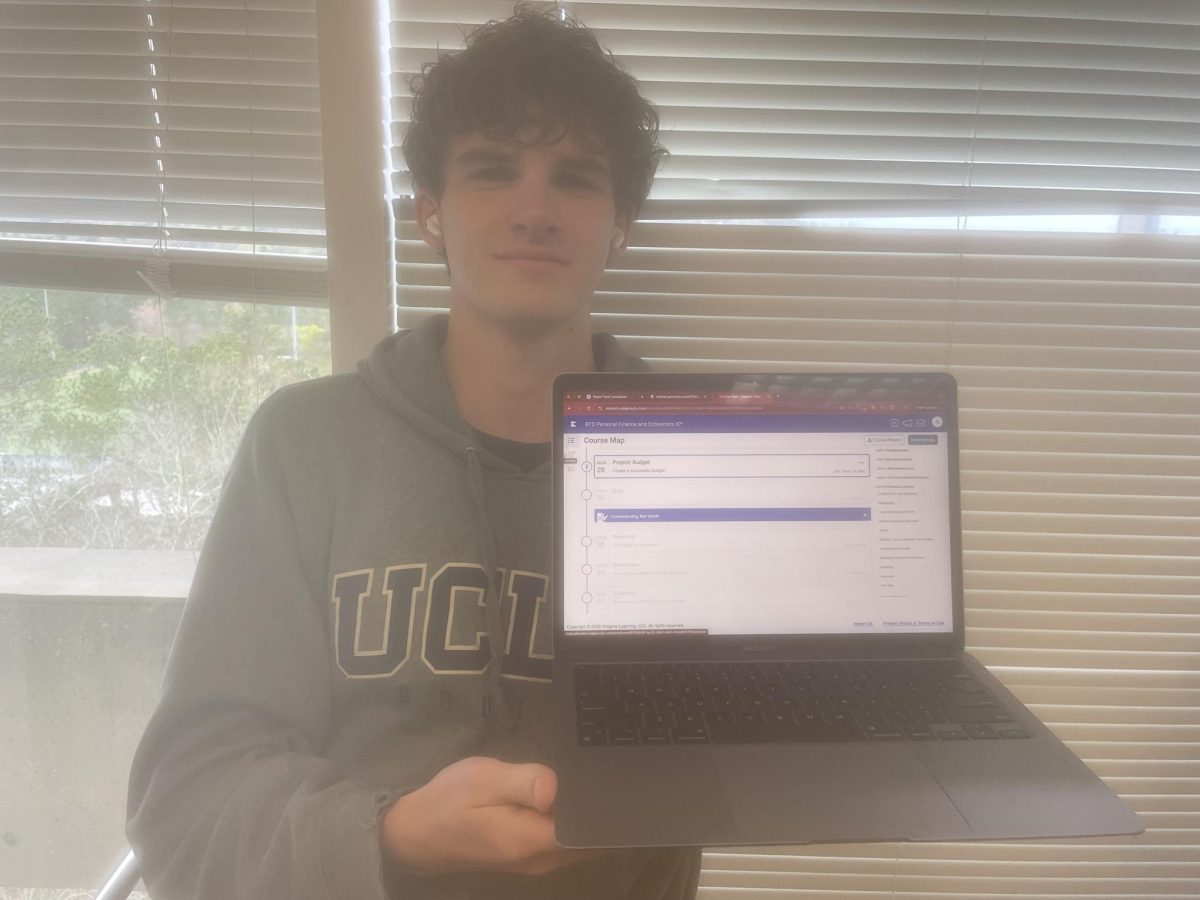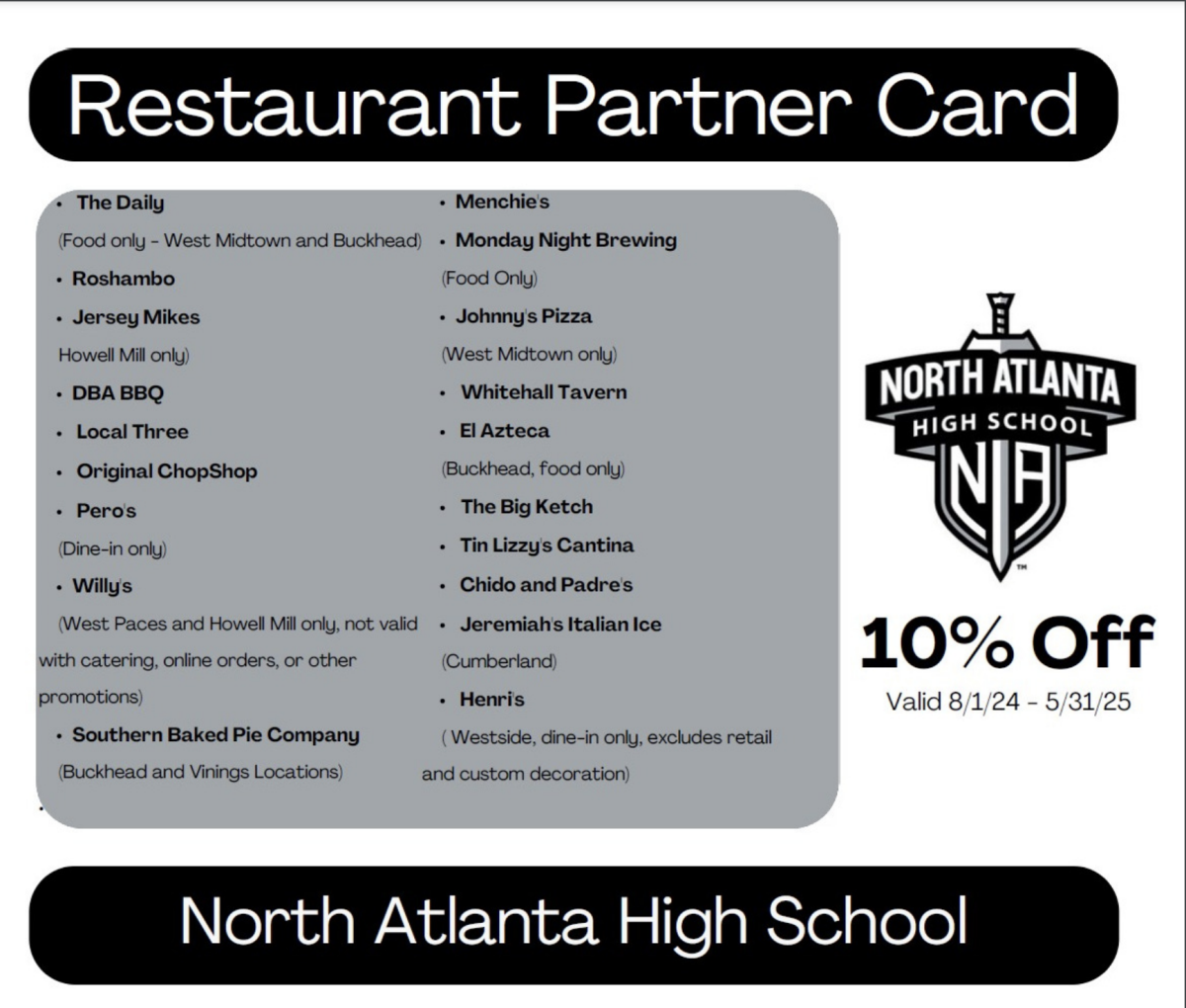As high school seniors approach graduation, the pressure to pursue a college education often looms large. While college is a valuable path for many, it is crucial to recognize that it is not the only option available. In fact, there are several alternative pathways that students can consider, each offering unique opportunities for personal and professional growth. Let’s take a closer look at three alternatives: taking a gap year, enrolling in technical school, and entering the workforce.
For some students, the idea of diving straight into college after high school may seem daunting. That’s where a gap year comes in. Taking a year off to explore interests, travel, volunteer, or gain work experience can provide valuable insights and clarity about future goals. Whether it’s backpacking through Europe, volunteering in a remote village, or interning at a local business, a gap year offers the chance to step outside the traditional academic path and discover one’s passions.
Technical schools, also known as vocational or trade schools, offer specialized training in various fields such as automotive technology, culinary arts, healthcare, and IT. These programs typically provide hands-on learning experiences and practical skills that are directly applicable to the workforce. Graduates of technical schools often find themselves well-equipped for high-demand jobs with competitive salaries and opportunities for advancement. These programs also tend to be shorter and more affordable than traditional four-year degrees, making them an attractive option for students seeking a quicker path to career success.
Alternatively, some students may choose to enter the workforce immediately after high school. Whether that involves pursuing entry-level positions, apprenticeships, or on-the-job training programs, joining the workforce right away can offer valuable real-world experience and financial independence. Many companies also offer tuition reimbursement programs or opportunities for employees to further their education while working, allowing individuals to continue their professional development while earning a paycheck.
It is important to recognize that each alternative pathway has its own wide array of possibilities and challenges. Deciding which path to take requires careful consideration of one’s interests, goals, and circumstances. What is most important is that students feel empowered to make informed decisions about their future, knowing that there are multiple paths to success beyond the traditional college route.
Ultimately, whether a student decides to take a gap year to explore the world, enroll in a technical school to gain specialized skills, or enter the workforce to jumpstart a career, there is no one-size-fits-all approach to post-high school education. By exploring alternative options and thinking outside the box, students can pave their own unique paths to success, guided by their passions, strengths, and aspirations.



